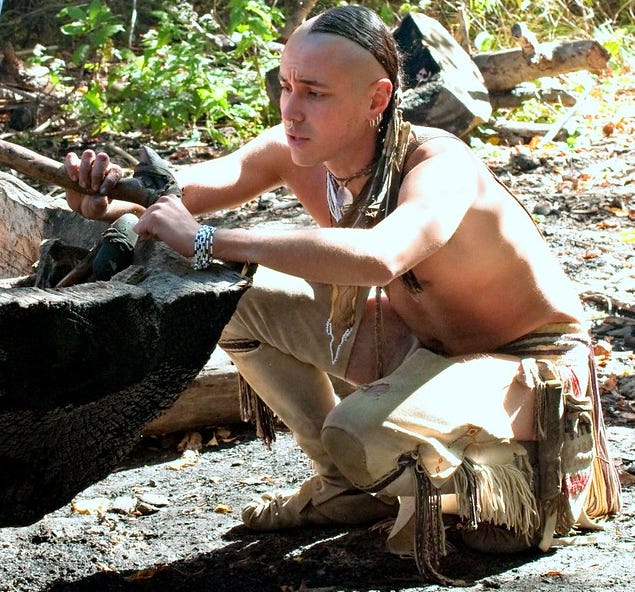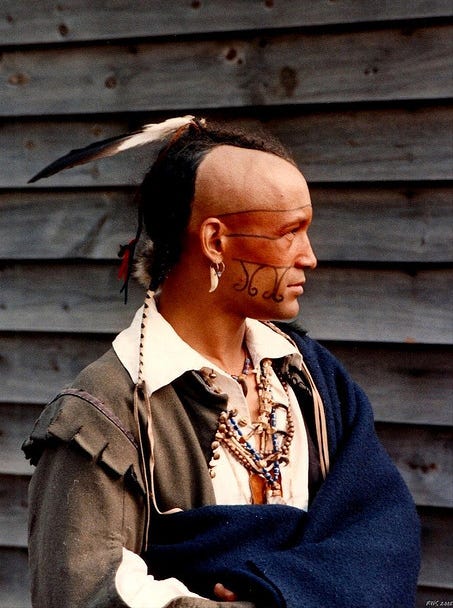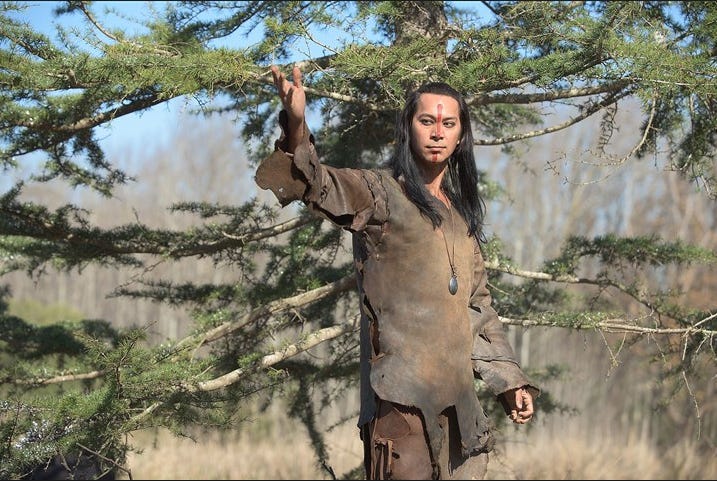Beneath the salt air and windswept pines of Cape Cod lies a story much older than paved roads or summer homes—a story rooted in the land, the tides, and the native people who first called this region home. Long before the arrival of European settlers, the Wampanoag Nation, and specifically the Nauset tribe, lived in harmony with the rhythms of the Cape.
As members of the Simples & Worts Herbal Apothecary community, many of us seek a deeper connection with the natural world through herbs, wildcrafting, and traditional wellness practices. In doing so, we step into a long continuum—one that the Wampanoag and Nauset people cultivated for generations on the very soil we now tend.

People of the First Light: The Wampanoag and Nauset
The Wampanoag—translated as “People of the First Light”—inhabited southeastern Massachusetts, including Cape Cod, Martha’s Vineyard, and Nantucket. Along the lower and central Cape, the Nauset tribe, a coastal branch of the Wampanoag Confederacy, thrived through fishing, clamming, seasonal planting, and the use of local medicinal plants.
The Nauset were among the first Indigenous people to interact with the Mayflower pilgrims in the early 1600s. Despite centuries of hardship—including displacement, disease, and forced assimilation—their cultural traditions, herbal knowledge, and sacred relationship to the land have persisted through living descendants and tribal efforts today.
Cape Cod Herbal Practices from Indigenous Wisdom
• Sweetgrass (Hierochloe odorata)
Used ceremonially to purify the body and space. Sweetgrass was braided and burned to cleanse energy, promote peace, and call in ancestral blessings.
• Yarrow (Achillea millefolium)
Gathered for wound healing, fever relief, and women’s wellness. Leaves were crushed into poultices or brewed as an herbal infusion.
• Bee Balm (Monarda didyma)
Also known as Oswego Tea. This mint-relative was used to treat colds, digestive complaints, and as a gentle stimulant.
• Bayberry (Myrica pensylvanica)
The bark and root of this waxy shrub were decocted to address fevers, sore throats, and inflammation. Bayberry also holds ceremonial importance.
• Juniper and White Cedar
The berries and leaves were used for both respiratory remedies and protective smudging. Cedar was considered sacred among many Northeastern tribes.
• Groundnut (Apios americana)
A protein-rich tuber and staple food that sustained generations. Still found in wetland margins and forest edges today.

Purple Bee Balm
Holistic Healing and Land Stewardship
For the Wampanoag and Nauset people, healing was never just about treating illness. It was a web of relationships—between humans, plants, spirits, seasons, and stories. Plants were not harvested carelessly but approached with humility and gratitude. Often, tobacco offerings were given before gathering, and elders taught that each plant held a “voice” to be listened to.
This way of knowing stands in sharp contrast to modern extractive systems. As herbalists and homesteaders, we have the opportunity to realign our practices with a more reciprocal model—one that acknowledges the land’s original stewards.
Carrying the Story Forward
As we mix tinctures, prepare salves, or walk the wild trails of Cape Cod with clippers and canvas bags, we walk through layers of memory. Let us:
- Recognize that herbalism in America has Indigenous roots.
- Respect and support tribal communities working to preserve their ecological and cultural knowledge.
- Celebrate the enduring wisdom of those who knew how to listen to the land.
Sidebar: 3 Indigenous Simples to Grow, Learn From, and Honor
Herb Traditional Use Growing Conditions
Sweetgrass (Hierochloe odorata) Ceremonial smoke, peace & purification
Moist meadows, full sun to partial shade
Bee Balm (Monarda didyma) Tea for colds & digestion Sun-loving, vibrant red flowers, attracts pollinators
Bayberry (Myrica pensylvanica) Bark decoction for inflammation & sore throats Coastal shrub; thrives in sandy, acidic Cape Cod soil
A Note on Cultural Respect
The knowledge shared here comes from publicly available sources and respectful interpretation. If you’d like to learn more directly from Indigenous voices, consider connecting with organizations such as:
- The Mashpee Wampanoag Tribe – www.mashpeewampanoagtribe-nsn.gov
- Wôpanâak Language Reclamation Project – www.wlrp.org
Supporting their work helps keep the language, teachings, and medicines alive for generations to come.
Until next time…
I am…
Phil Wilson…
And, here’s to living an Herbal Lifestyle With You!






